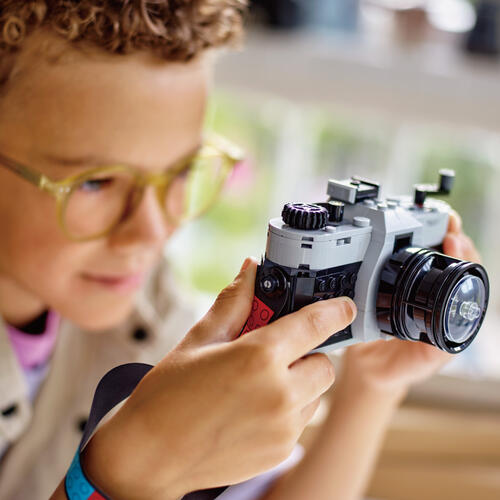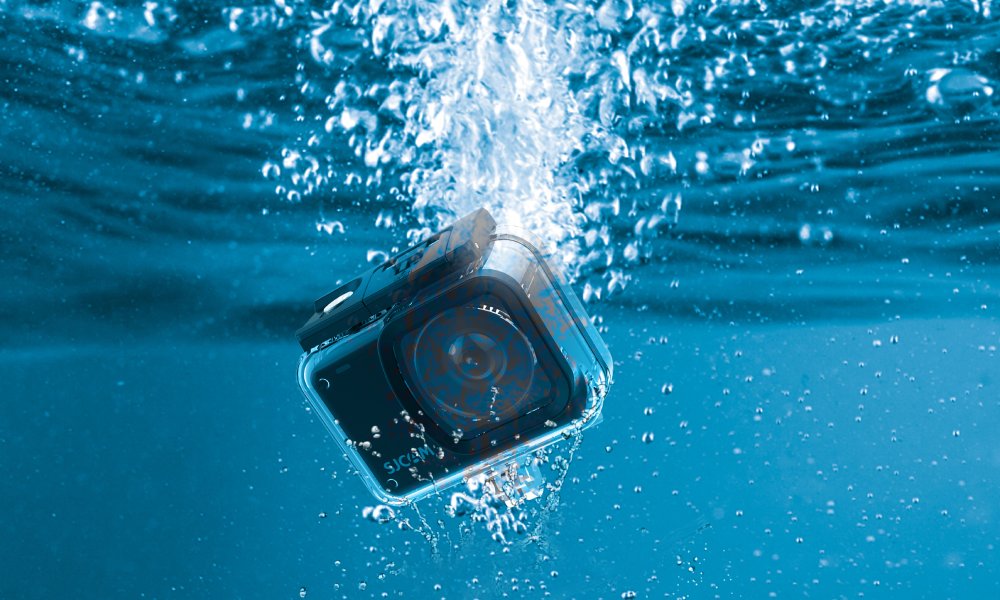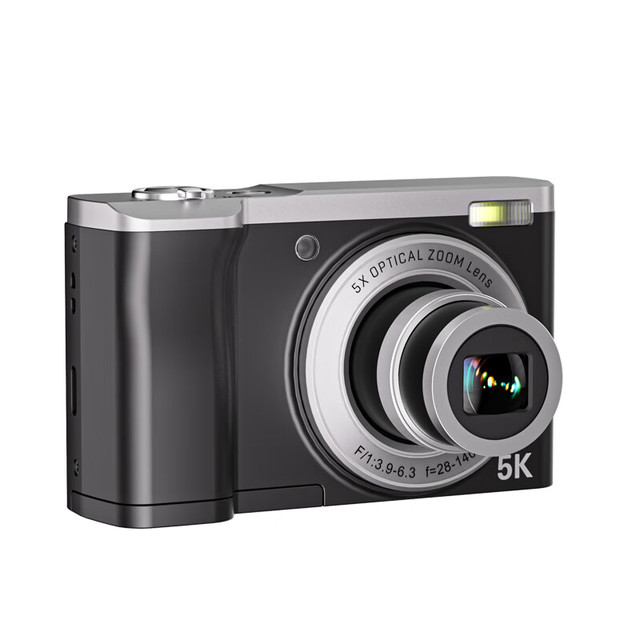Installing a Blink Outdoor camera can provide an extra layer of security for your home. Designed to be user-friendly, the Blink Outdoor camera system can be set up and operational in a relatively short time. Follow this step-by-step guide to install your new Blink Outdoor camera and enhance the safety of your surroundings.
Pre-Installation Preparation
Choosing the Right Location
Before you begin the installation process, carefully choose the location for your Blink Outdoor camera. The camera should be placed high enough to get a broad view of the area you want to monitor, typically 8-10 feet above the ground. Additionally, consider the camera’s field of view and any obstructions that might block it. Ensure the location is within range of your Wi-Fi network and close to a power source if you are not using batteries.
Gathering Necessary Tools and Materials
The Blink Outdoor camera comes with a mounting bracket and a screw kit. You will need a drill if you are mounting the camera to a hard surface like brick or stucco. For softer surfaces like wood or vinyl, a screwdriver may suffice. Make sure you have all the necessary tools and the camera charged (if using battery power) or a power cord and outlet available before starting the installation.

Mounting Your Blink Outdoor Camera
Installing the Mounting Bracket
Once you have chosen the perfect spot, it’s time to install the mounting bracket. Hold the bracket against the surface and use a pencil to mark the screw holes. If you’re mounting to a hard surface, drill holes and insert the included plastic anchors. Align the bracket over the holes or anchors and use the included screws to secure it. For softer surfaces, you may be able to screw the bracket directly without drilling.
Attaching the Camera to the Bracket
With the mounting bracket in place, it’s time to attach your Blink Outdoor camera. The camera has a mounting point that fits into the bracket. Slide the camera onto the bracket and adjust the angle to cover the desired area. Once positioned, tighten the camera to secure it in place. Be sure to consider potential weather conditions and position the camera so that it’s not directly exposed to the elements, such as heavy rain.

Setting Up the Blink Outdoor Camera System
Creating Your Blink Account and Adding the Camera
To configure your Blink Outdoor camera, you will need to download the Blink Home Monitor app on your smartphone and create an account. Once you have an account, follow the in-app instructions to add a new system. You will be prompted to enter the system’s serial number or scan the QR code, which is usually located on the back of the camera or in the battery compartment.
Connecting to Wi-Fi and Completing the Setup
With the system added to your Blink account, the next step is to connect the camera to your Wi-Fi network. The app will guide you through selecting your Wi-Fi network and entering your password. If the camera is battery-powered, make sure that the batteries are installed correctly. The app will then test the connection and finalize the setup. Once connected, you can customize your camera settings, such as motion detection zones, recording length, and activity notifications.

Testing and Adjusting Your Blink Outdoor Camera
Conducting a Live View Test
After the installation and setup are complete, it’s important to test the camera to ensure it’s working correctly. Use the Blink Home Monitor app to initiate a Live View session. Check the video feed for clarity and make sure the camera is capturing the intended area without any blind spots. If necessary, adjust the camera’s position and settings until you are satisfied with the coverage.
Fine-Tuning Motion Detection and Notifications
Blink Outdoor cameras have adjustable motion detection settings that can be fine-tuned to reduce false alarms and improve accuracy. Experiment with different sensitivity levels and motion zones until you find the best configuration for your environment. Additionally, set up activity notifications in the app to alert you of any motion detected by the camera. This allows you to be immediately informed of any unusual activity around your home.

Maintaining and Troubleshooting
Maintaining Optimal Camera Performance
To ensure your Blink Outdoor camera continues to function correctly, regular maintenance is key. This includes periodically checking battery levels and replacing them as needed if you’re using a battery-powered setup. For cameras wired to a power source, make sure the connections remain secure and intact. Clean the camera lens gently with a soft, dry cloth to remove any dust, spider webs, or other debris that could obstruct the view. It’s also a good idea to check for firmware updates in the Blink Home Monitor app to keep the camera’s software running smoothly and securely.
Troubleshooting Common Issues
If you encounter issues with your Blink Outdoor camera, such as connectivity problems, not recording, or not sending notifications, start with basic troubleshooting steps. Verify that your Wi-Fi network is stable and that the camera is within range. If the camera is not responding, try removing and reinserting the batteries or power cycling the camera by unplugging it for a few seconds before plugging it back in. For persistent issues, consult the Blink support website or contact their customer service for assistance. Keeping a list of common troubleshooting steps accessible can save time and reduce the frustration of dealing with unexpected camera issues.

Enhancing Your Blink Outdoor Camera Experience
Exploring Additional Features and Accessories
Once you have your Blink Outdoor camera installed and functioning properly, you might consider exploring additional features and accessories to enhance your home security system. Blink offers various add-ons such as solar panel chargers for continuous charging, camera covers for additional weather protection, and mounting stands for more flexible positioning. Investigating these options can help you tailor your home security setup to your specific needs and preferences.
Integrating with Smart Home Systems
For those who have a smart home ecosystem, integrating your Blink Outdoor camera can create a more streamlined and sophisticated security network. The Blink system is compatible with Amazon Alexa, enabling voice commands to arm or disarm your cameras or show live feeds on Echo Show devices. By integrating your camera with other smart home devices, you can create automations, such as turning on lights when motion is detected, further enhancing the security and convenience of your home.
In conclusion, installing a Blink Outdoor camera is a straightforward process that you can typically complete on your own. By choosing the right location, securely mounting the camera, setting it up through the app, and testing its performance, you can quickly have your outdoor security system up and running. With your Blink camera in place, you can enjoy greater peace of mind knowing that you have an extra set of eyes on your property at all times.